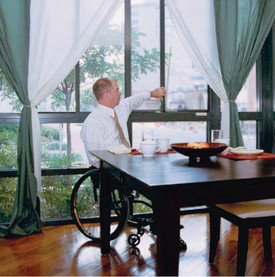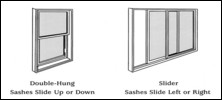 |
Windows are a very important component of every home, major elements in image and appearance, and providers of light and fresh air.
Modern installations have given windows new functions, such as control of views. The design and placement of windows now can serve to highlight a beautiful garden or screen an unattractive parking lot. Conversely, windows can display the residents like goldfish in a bowl or offer visual privacy from neighbors. In a wheelchair user’s home, windows serve the same functions in a similar manner. The differences occur in the user’s ability to operate them and his or her access to the outside views.
Ease of window operation depends on unit size, installation location, and the method of opening and closing. It is not always necessary or desirable for every window to be operable. A minimum ventilation guide is 5 percent of the room’s floor area, so a100-square-foot room should have at least 5-square-feet of operable glass. After identifying appropriate operable window locations, wheelchair accessible units should be selected for these installations.
Building codes include requirements for residential windows. For example, if a unit’s sill is within 18 inches of the floor, glass must be tempered. This adds weight to operable sashes so they are a little more difficult to operate. Bedrooms must include “exit” windows (or a door) for emergency egress. Exit windows have maximum sill height restrictions and minimum operable area requirements.
To select appropriate windows for your project, carefully evaluate the alternatives with regard to view, ventilation, and operation. Window types include (1) casement, awning, and hopper; (2) double and single-hung; (3) sliding; and (4) fixed. Each type can be accessible to wheelchair users.

|
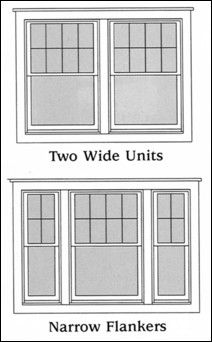 |
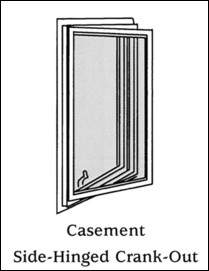 |
Window Types
The most common window types are hopper, awning, casement, double-hung, and slider. Consider all the available options for each specific installation in your project. Don’t be afraid to mix different window types if this approach offers functional benefits. Be aware, however, that different types can affect both the interior and exterior aesthetics.
 |
Accessible Double-Hungs
For easier wheelchair operation, you can select narrower double-hung units that can be raised and closed with one hand. Rather than two wide units, consider a more accessible combination of a wide center light with two narrow "flankers."
Simulated Double-Hung
This is an option if you are more comfortable operating a crank on an awning unit, but want the "look" of a double hung.
Copyright Paralyzed Veterans of America
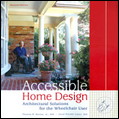 |
For more in-depth information on making your home accessible, follow this link to purchase the PVA’s second edition of Accessible Home Design: Architectural Solutions for the Wheelchair User or buy it directly from Amazon.

